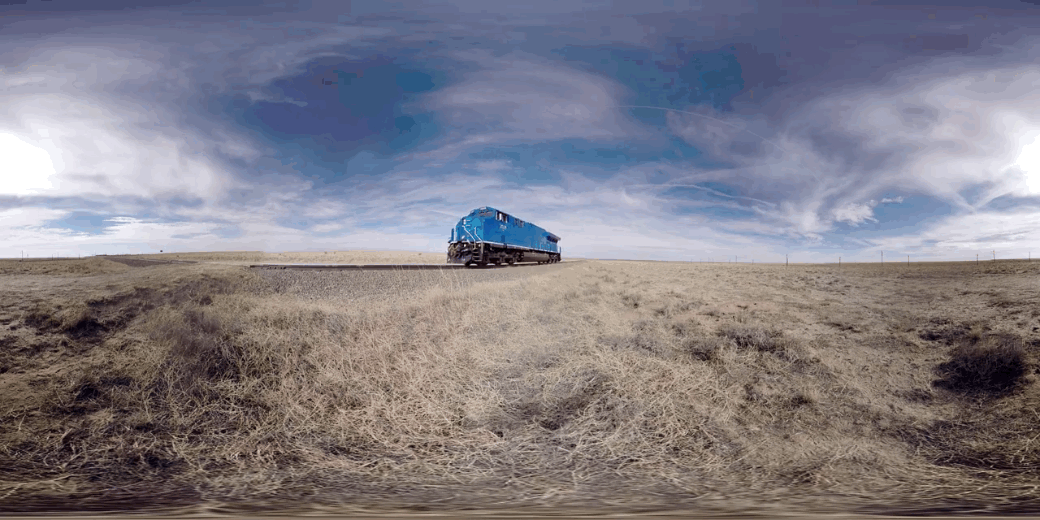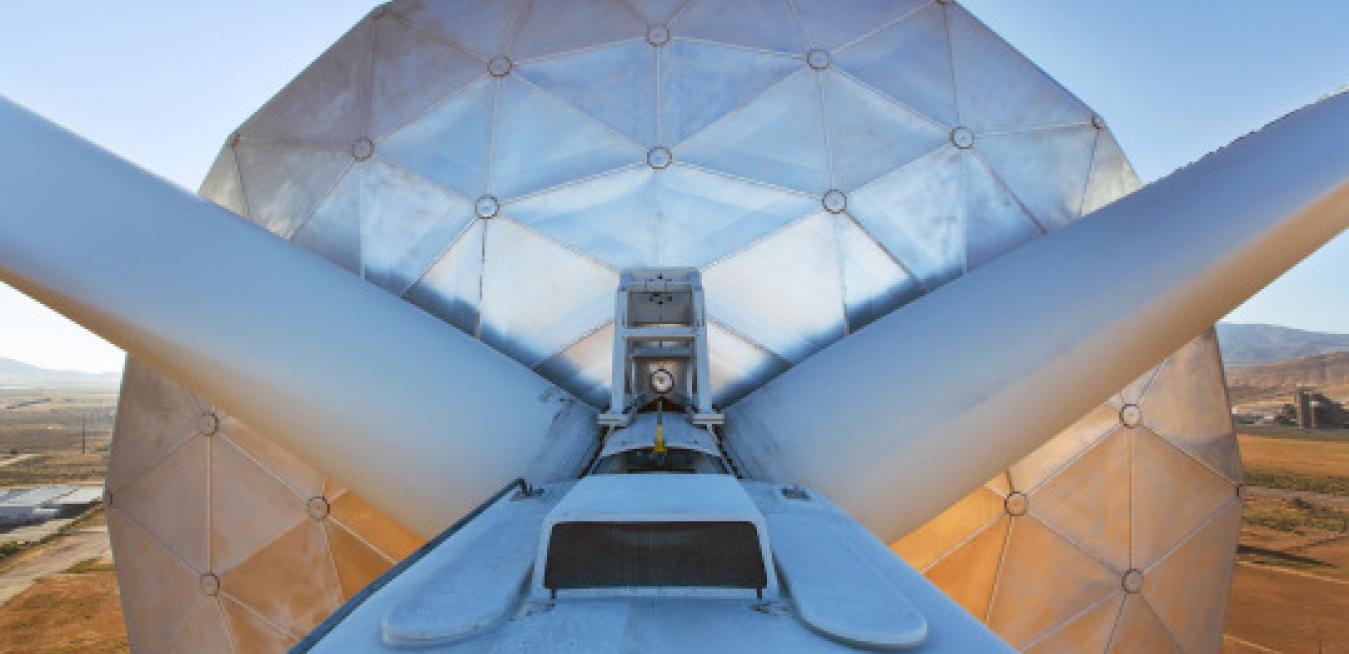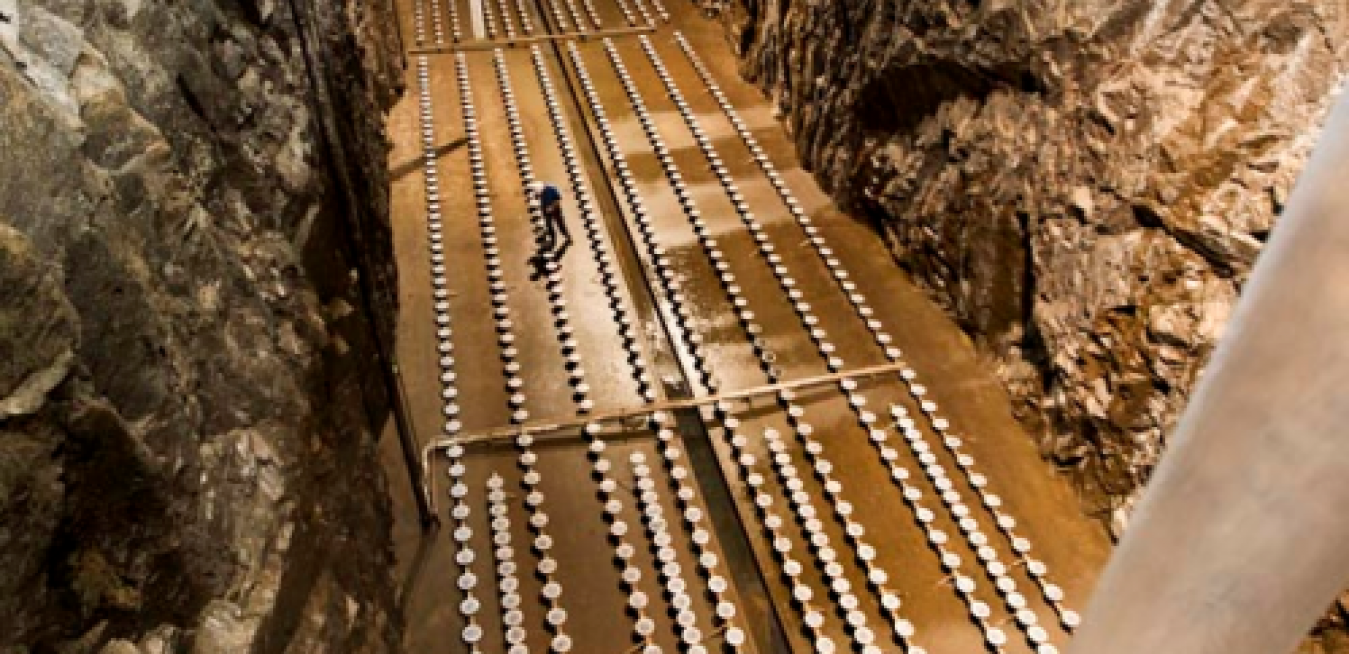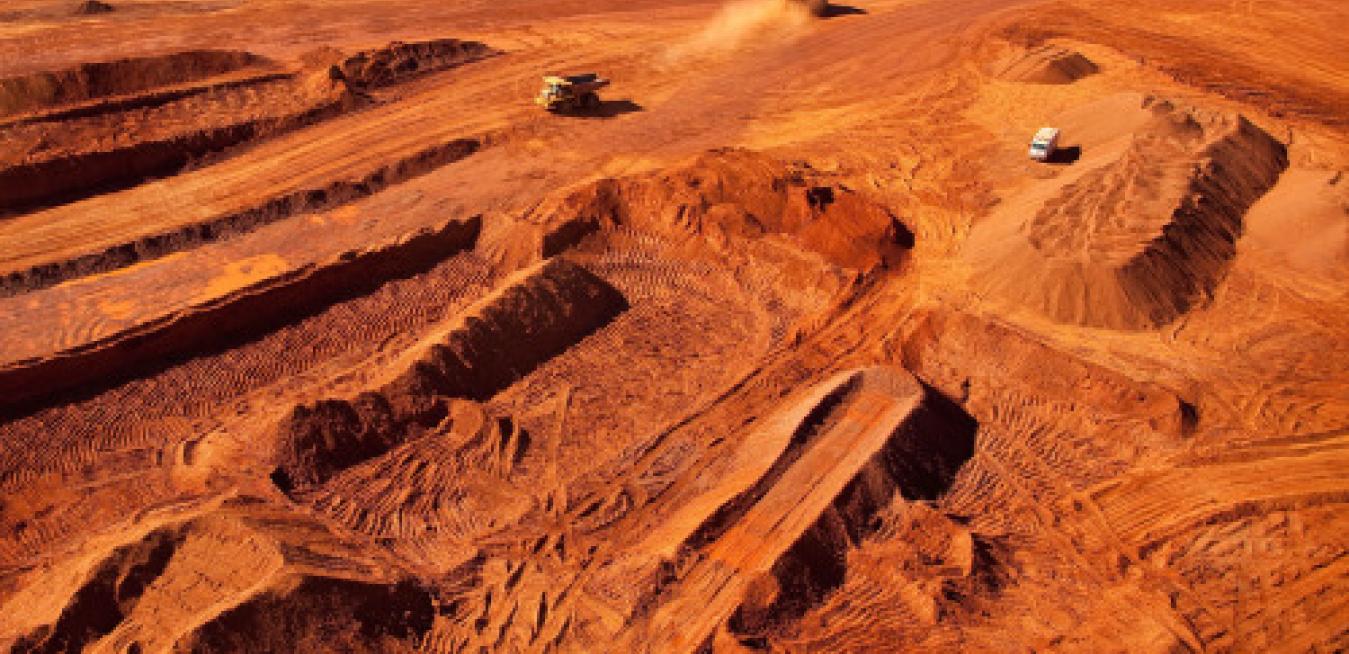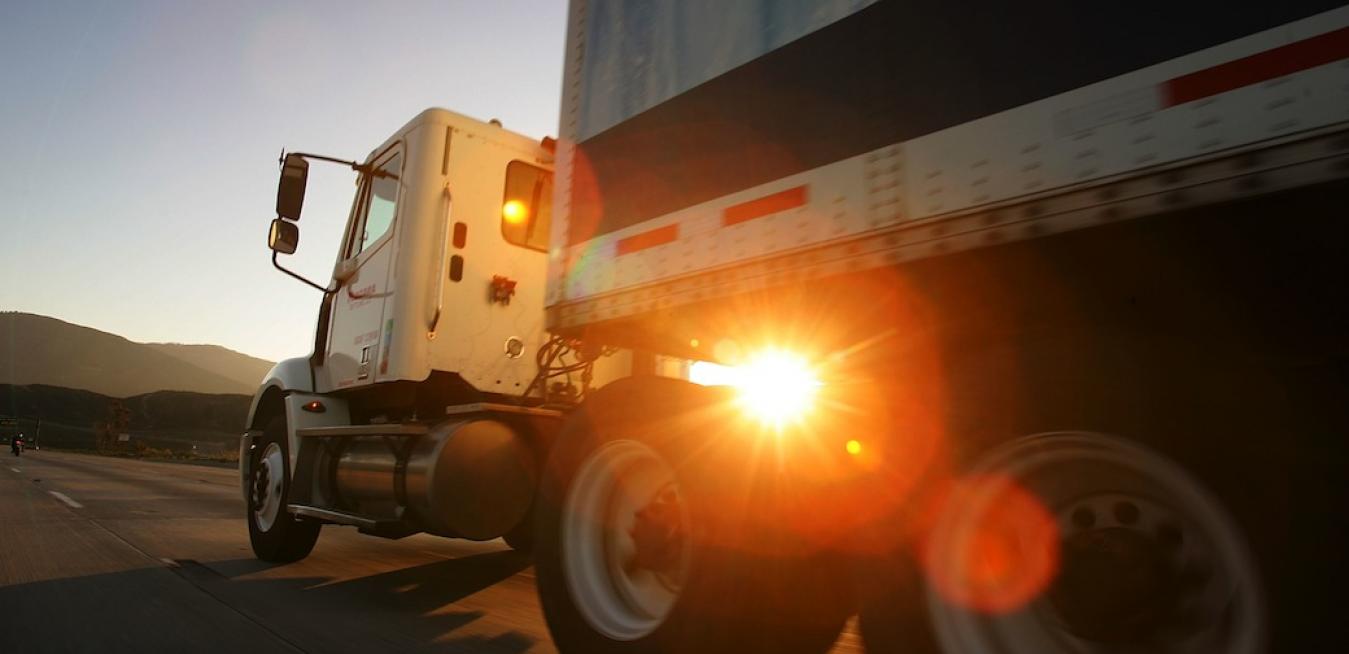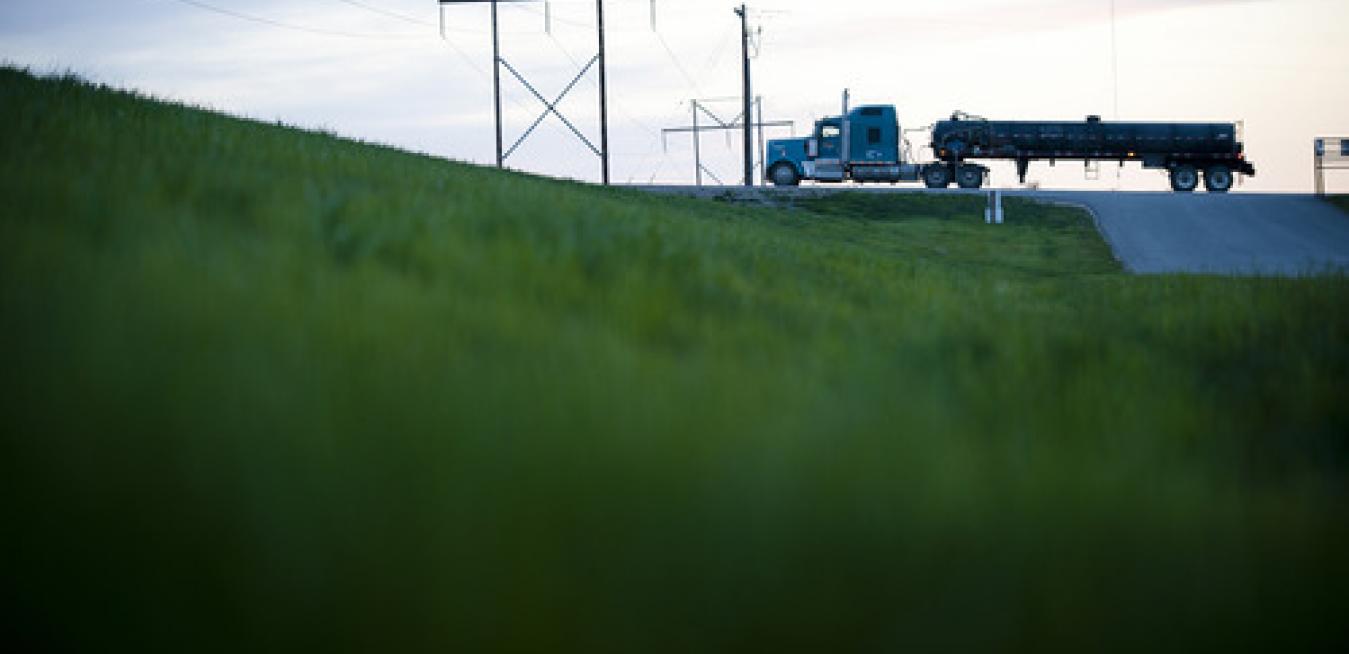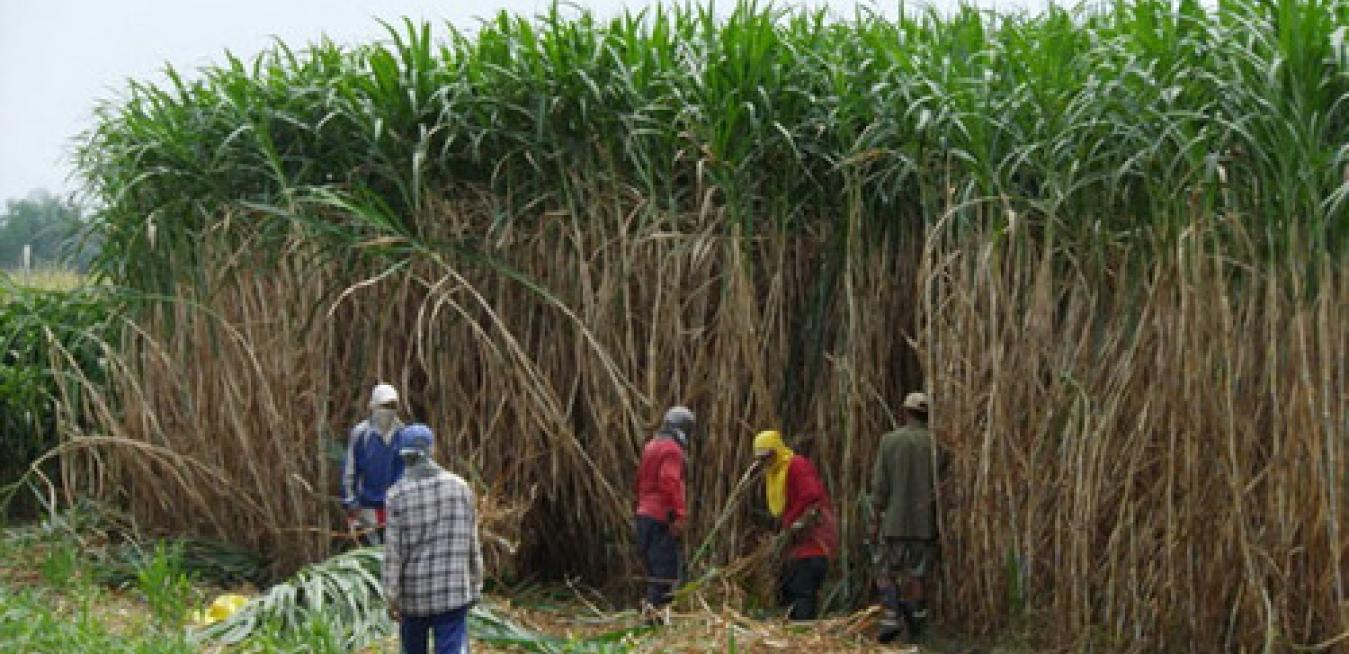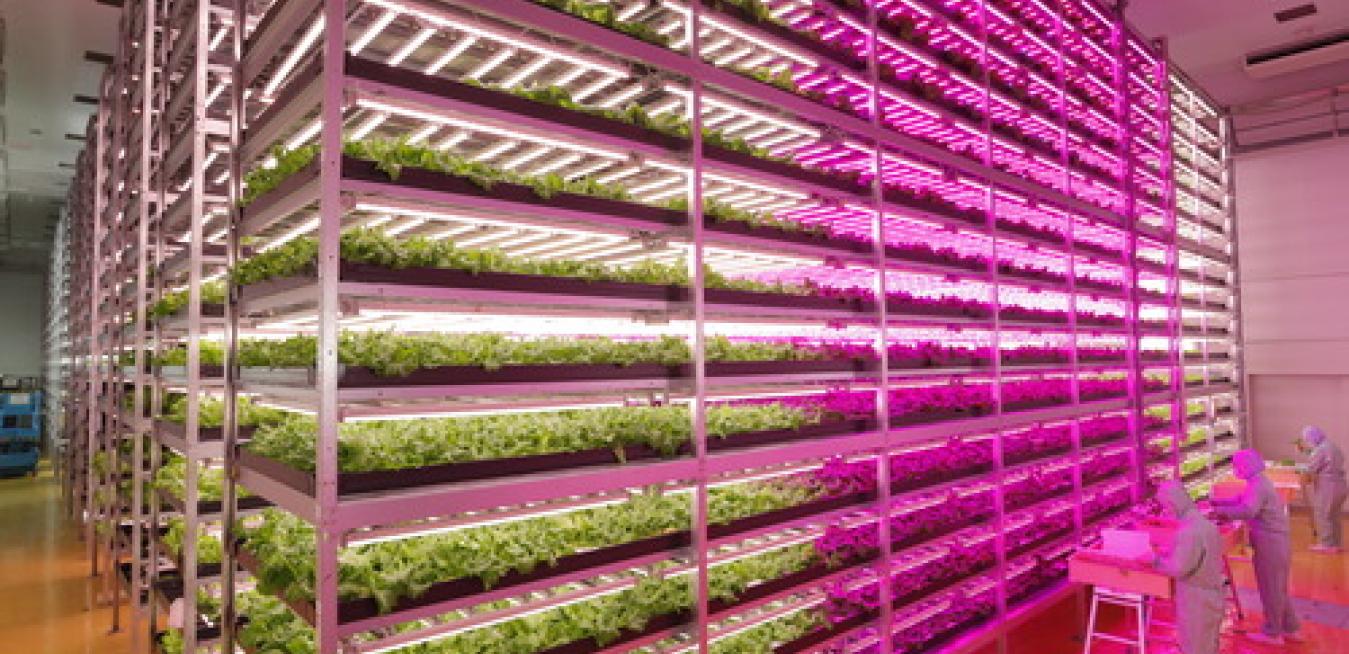How a $9 burrito makes the business case for sustainability.
Today, many business leaders know the world has changed. They are wrestling with the new mandate to incorporate sustainability and social good into their businesses and brands.
But most companies struggle to figure out how to do this while continuing to meet their quarterly sales and earnings targets. They may have tried “green marketing” and met limited success. Or they may have skeptical shareholders convinced that this is a passing fad, or one that is just for hippies and tree huggers.
The emerging Age of Gas, the rise of distributed power and technological innovation will accelerate the adoption of fuel cells into the global energy landscape over the next decade.
The future of power is now under development and it is packaged in stacks of fuel cells. As the world’s energy needs increase, and calls for sustainability continue to rise, a number of forces are converging to expedite the adoption of fuel cells into the global energy mix.
With OPEC defending its oil market share, the U.S. should lock in the advantages of a healthy natural gas sector. Piloting corridors for LNG-fueled trucking would be a promising start.
It’s the afternoon rush hour just outside central London and the traffic is nose to tail. Drivers here have come to expect the sight of taillights as far as they can see. One section of road, a stretch of the A3 close to Heathrow Airport, has been named Britain’s most congested road and has holdups totaling 91 hours during the afternoon rush each year.
Wild elephant grass, also know as Napier grass, is one of those wonder plants that needs little water and few nutrients to produce copious crops on fallow lands. Since it can be used for grazing, it has allowed farmers from Africa to Asia to amp up food supplies for their cattle herds.
A warehouse full of lettuce might not be the first place you would expect to find the next Industrial Revolution. But follow the LED lights and you’ll discover a glimpse of the future of agriculture — industrial-scale, indoor farming.
Advances in LED technology are helping to create an environment where vegetables can be produced at scale, with higher yields and shorter grow cycles, no matter what climate.
